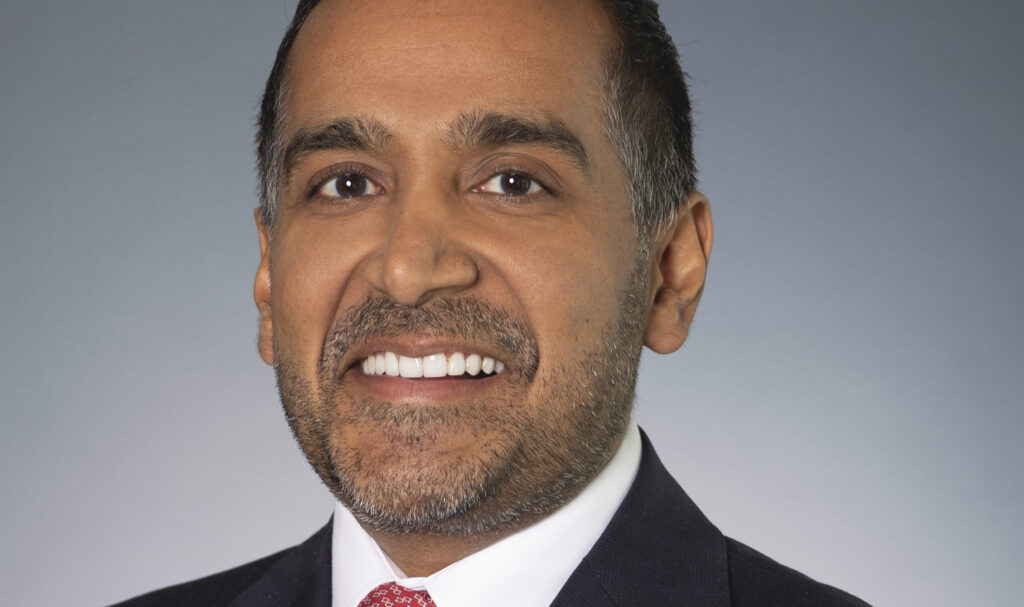Health care middlemen are contributing to a fragmented, stitched-together “Frankenstein’s monster” of a system that puts greater distance between patients and those who actually provide the care, according to SCAN Group CEO Dr. Sachin Jain.
Even defining the “middlemen” can be a challenge because these organizations are so pervasive and multifaceted. However, these companies often market themselves as “wraparound services” that pledge to improve efficiency.
“When I think of the middleman, it’s all these middleware companies that are trying to make the system more efficient, but in the process, they take a piece of it,” Jain told Hospice News. “Oftentimes, the piece that they take doesn’t line up with the added efficiency that they’re creating. Middlemen in any industry should be adding value, and that value should be measured in health care through the lens of whether it actually improves patient care, full stop.”
Jain recently wrote about the influence of health care middleware companies in a column in Forbes. He is the CEO of SCAN Group, the parent company of SCAN Health Plan, a Medicare Advantage Organization
 Scan Group
Scan GroupSome examples of middlemen can include payers, technology companies and services designed to manage very specific aspects of health care, such as call centers that promise to improve patients’ adherence to their medication regimens.
Others include programs that promise to guide patients through specific conditions, functions that frontline clinicians can and should handle themselves, according to Jain.
“We’ve got middleware vendors who are improving coding, who are improving documentation, middleware vendors who are trying to match supply to demand,” Jain said. “At the end of the day, what’s happening is that we’re just creating a lot of distance between the person who provides the care, and the person who needs the care.”
Jain contends that the proliferation of heath care middleware is one contributing factor to fragmentation in the health care system, in which the “right hand is not talking to the left.”
Over time, health care has become increasingly siloed, in which patient care is often provided by a patchwork of specialists or organizations that generally do not interact directly with one another. In other words, more boundaries are going up between different components of the health system when they should be coming down, Jain said.
This dynamic also exists within hospice and palliative care, according to Jain.
“Look at this hospice palliative continuum. We pay for it all differently. Palliative care is delivered by some people; hospice care is delivered by another group of people; primary care is delivered by another group of people,” Jain said. “My question is: How do you create a higher degree of ownership of hospice and palliative care by primary care physicians and create the right incentives and structures and models, so that everyone’s playing together and working together?”
In the midst of this, many of the middleware organizations that put themselves forth as solutions to fragmentation often end up driving more of it.
“These middleware companies, my own included, are incredibly well intentioned. So this is not a question about intention. This is a question about execution,” Jain said. “A lot of times what we’re doing is adding complexity where we’re supposed to be adding simplicity. Why wouldn’t we continue to push on the place that the patient feels the most trust, which is usually their primary care doctor or relevant specialist, and have things really connect more closely to that?”



